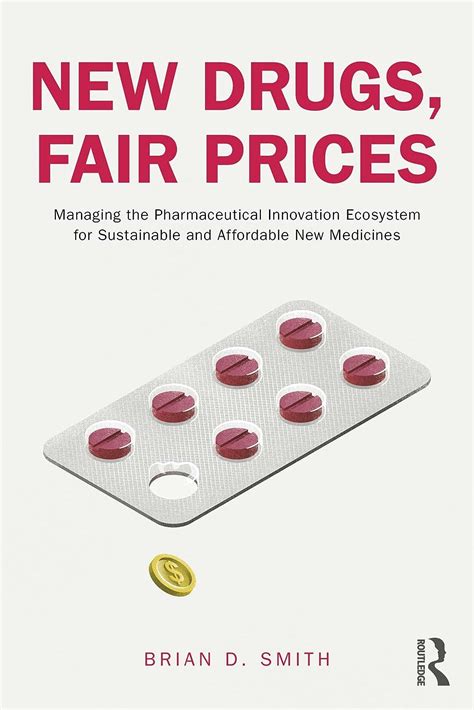The recent advancements in pharmaceuticals have undoubtedly been life-changing, but the question remains: how sustainable are these breakthroughs if they come with prohibitive price tags? It’s a dilemma that keeps recurring in the medical community and has been a hot topic among the general public. The core issue revolves around the affordability of cutting-edge medications. Are we progressing towards a reality where only the wealthy can access the best healthcare, leaving others behind?
The relationship between pharmaceutical companies and shareholders often dictates the pricing strategies for new drugs. The high return expectations mean companies are under pressure to maximize profits, which inevitably pushes drug prices higher. A crucial point raised in discussions is that if we are to make medications more affordable, there needs to be a shift in the expectation of returns from investors. Lowering these expectations might pave the way for more reasonable drug prices.
However, dialing back return expectations isn’t a straightforward solution. Comments from financial market observers highlight that shareholders’ demands are integral to the funding of research and development (R&D). Scaling back on expected returns could potentially result in reduced investments in R&D, impacting the future availability of new medications. The high costs and risks associated with drug development mean companies need significant financial incentives to continue innovating.
One cannot ignore the pivotal role of clinical trials in drug development. It’s these trials, more than the R&D expenses, that drive up costs significantly. The risk-reward ratio in pharmaceutical investments is steep; an astonishing 90% of compounds fail during the three-phase clinical trial period. Each trial, costing hundreds of millions of dollars, often results in a failed project—a cost that companies have to recoup through other successful drugs. This financial reality is a powerful driver of high drug prices.
The controversial figure of Martin Shkreli is often cited in discussions about drug pricing. His actions in raising the prices of life-saving drugs spotlighted the flaws in a system where monopoly power can lead to consumer exploitation. Such cases fuel arguments about the need for regulatory interventions to prevent market abuses and ensure drugs remain accessible to those who need them.
While some argue that technological advances and market competition will eventually bring down drug prices, this isn’t always the case. For example, while some new forms of insulin have become more affordable, others have seen price hikes due to factors like market consolidation and lack of competition. Human insulin at Walmart for $25 a vial without a prescription is an example of affordable medication, yet newer versions remain expensive, underscoring the inconsistency in drug pricing.
Finally, the debate over the best way to fund and manage pharmaceutical R&D looms large. Should the state take a more active role in drug development, potentially leading to more controlled pricing? Or should we improve the existing market mechanisms and regulatory frameworks to balance profit motives with public health needs? There’s no one-size-fits-all answer, but what’s clear is that innovation in drug research and development must be matched by innovation in how we make these drugs accessible and affordable.


Leave a Reply